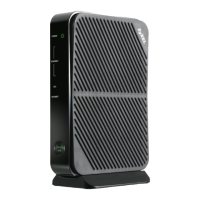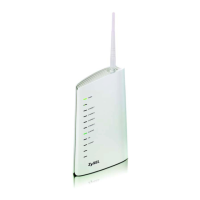P-660HW-T v2 User’s Guide
314 Appendix H Firewall Commands
config delete firewall set
<set #> rule<rule #>
This command removes the specified rule in a
firewall configuration set.
Table 144 Firewall Commands (continued)
FUNCTION COMMAND DESCRIPTION

